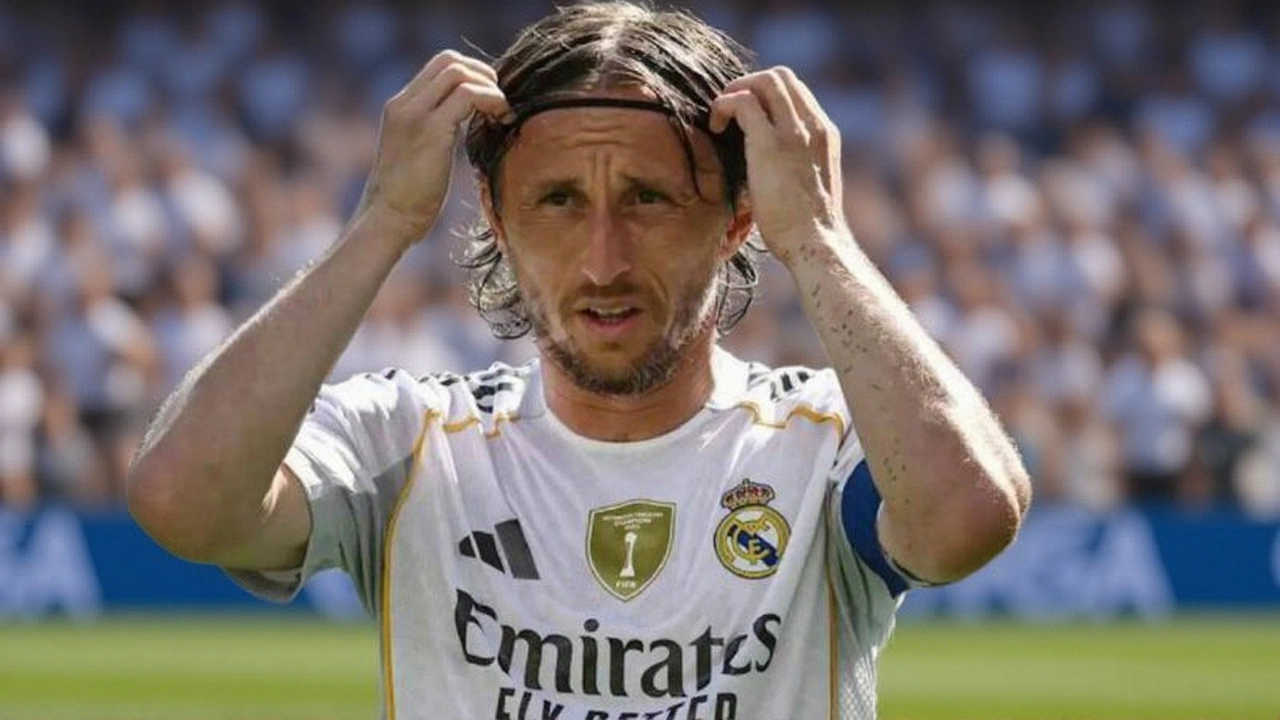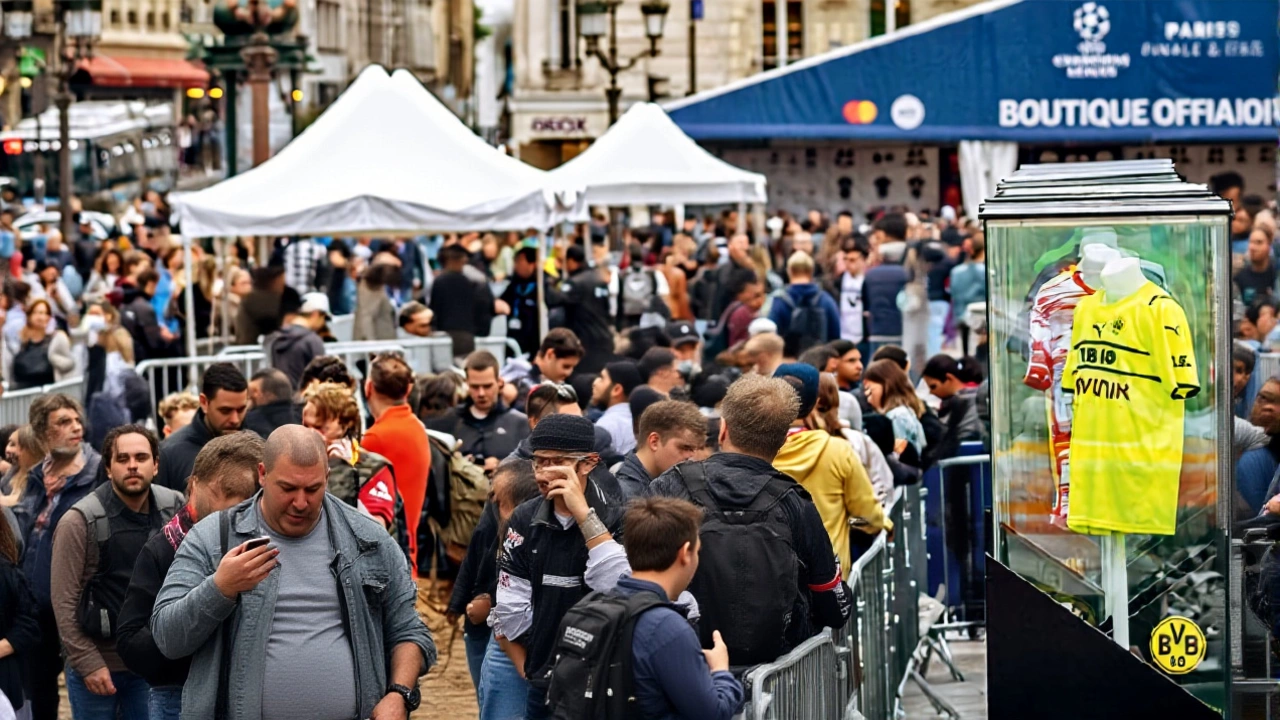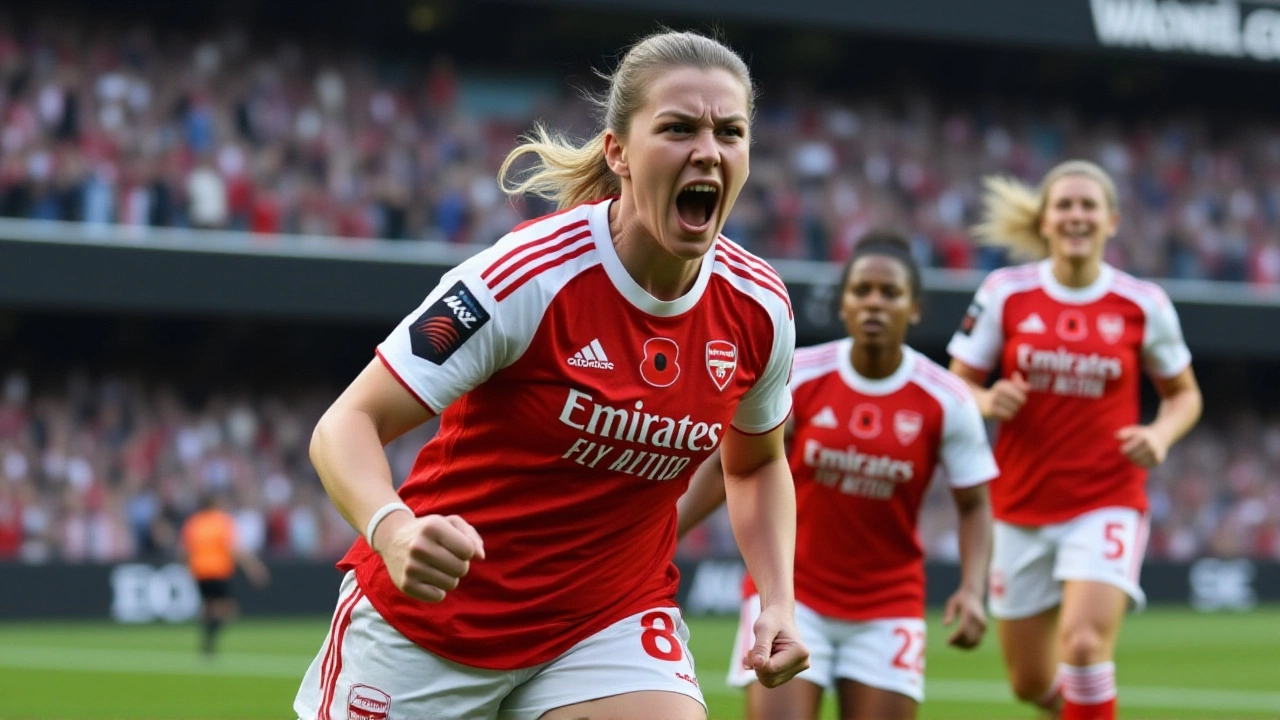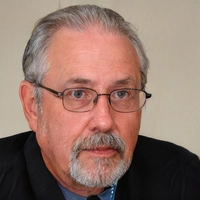
At 39, with 188 international caps and a Ballon d’Or on his shelf, Luka Modrić didn’t retire. He redirected. On Monday, July 14, 2025, AC Milan confirmed what fans had whispered for weeks: the Croatian maestro, after 13 seasons and 28 trophies with Real Madrid, had signed a one-year deal through June 30, 2026—with an option to extend until 2027. He’ll wear number 14 at San Siro Stadium, not the iconic 10 he made legendary in Madrid. And yes, this is real. Not a rumor. Not a farewell tour. A calculated, emotional, and quietly revolutionary move in European football.
Why Milan? The Boy Who Grew Up Watching Boban
Modrić didn’t wake up one day and decide to leave Real Madrid. He carried it in his bones. He was 12 when Zvonimir Boban lifted the 1994 UEFA Champions League trophy for Milan. That image—Boban’s raised arms, the red-and-black stripes—became his North Star. "I grew up wanting to wear this shirt," Modrić said in an Instagram video posted the same day he arrived in Milan. "Now I am." It’s not nostalgia. It’s destiny.The Final Match in Dallas: A Farewell Without Tears
His last game in a Real Madrid jersey wasn’t a Champions League final. It wasn’t a La Liga title decider. It was a 4-0 loss to Paris Saint-Germain in the Club World Cup semifinal on July 13, 2025, in Frisco, Texas. The game ended at 10:30 p.m. local time. By 6 a.m. the next day, Modrić was on a private jet to Milan. He didn’t sign until after the match—out of respect. "I owed them that," he told Croatian media. "You don’t walk away in the middle of a battle. You see it through."The Quiet Architect: Allegri, Tare, and Ancelotti’s Endorsement
This wasn’t a splashy free-agent signing. It was a surgical operation. After Milan finished eighth in Serie A in 2024–25—missing Europe for the first time since 2017—ownership fired Sérgio Conceição and rehired Massimiliano Allegri in June. Allegri, who won five straight titles with Juventus and a Scudetto with Milan in 2011, didn’t trust scouting reports. He called Carlo Ancelotti, Modrić’s former manager at both Real Madrid and Milan. "What’s he really like now?" Allegri asked. Ancelotti’s reply? "He’s still the guy who reads the game three passes ahead. And he’s hungrier than most 25-year-olds." Meanwhile, Igli Tare, Milan’s sporting director, flew to Croatia’s national team camp in June, sitting with Modrić for three hours. No agents. No lawyers. Just a man who knew what it meant to carry a club’s soul.
A Legacy of Titles—and the Weight of Expectation
At Real Madrid, Modrić didn’t just play. He anchored eras. His 597 appearances, 43 goals, and 112 assists came alongside six Champions League titles, five Spanish Super Cups, and the 2018 Ballon d’Or—the first time since 2007 that neither Messi nor Ronaldo won it. He was the quiet engine of a dynasty. But in Milan, the stakes are different. The club hasn’t won a league title since 2022. They’ve lost their way. Modrić isn’t here to be a symbol. He’s here to fix it.He’ll play fewer minutes. Maybe 60–70 per game. But his influence will stretch beyond the pitch. Allegri plans to use him as a mentor to 20-year-old midfielder Rafael Leão and 19-year-old Federico Gattuso—the son of former Milan captain Gennaro Gattuso. "He doesn’t need to score," Allegri told reporters. "He just needs to be there. When the game gets tight, he’ll make the right decision. And the boys will see it. That’s how you teach."
What Comes Next: Can He Still Do It at 40?
Modrić’s physical stats tell a story: 78% pass accuracy last season, 3.2 key passes per 90 minutes, 1.8 tackles won. Not elite by 25-year-old standards—but elite for a 39-year-old midfielder who plays 2,700 minutes a season. He’s not the fastest. But he’s the smartest. In the 2024–25 Champions League, he completed 89% of his passes under pressure—the highest rate among midfielders over 35.His move to Milan isn’t about chasing glory. It’s about legacy. He wants to be the bridge between the club’s golden past and its uncertain future. He’s already training with the youth squad. He’s attending tactical meetings. He’s even learning Italian—not for interviews, but to connect with the locker room.

The Ripple Effect: What This Means for Serie A
Modrić’s arrival sends a message: Milan isn’t rebuilding. They’re resurrecting. His signing signals that Italy’s top clubs are still capable of attracting global icons—even at the tail end of their careers. It’s a blow to the notion that only Saudi clubs can lure legends. And it’s a wake-up call for rivals like Inter and Napoli: experience still matters. Leadership still wins.For Modrić, it’s personal. He’s not chasing money. He’s chasing meaning. "After Real Madrid," he told Tribuna.com in November 2025, "everything is a step down. When the Milan option appeared, I knew that was..." He didn’t finish the sentence. But we all know what he meant.
Frequently Asked Questions
Why did Luka Modrić choose AC Milan over other clubs?
Modrić grew up idolizing Zvonimir Boban, who played for Milan in the 1990s. The emotional pull was stronger than financial offers from Saudi clubs or even a potential return to Dinamo Zagreb. He also trusted Massimiliano Allegri’s vision and felt Milan’s need for leadership aligned with his own desire to leave a lasting legacy—not just a paycheck.
Why is Modrić wearing number 14 instead of 10?
The number 10 jersey at AC Milan is currently worn by Rafael Leão, who has become the club’s offensive focal point. Modrić chose 14 as a nod to his first professional shirt at Dinamo Zagreb and to avoid overshadowing younger stars. It’s a humble gesture, signaling his role as a mentor, not a replacement.
How does Modrić’s signing impact AC Milan’s chances in the 2025–26 Serie A season?
While Modrić won’t score 20 goals, his presence elevates Milan’s midfield stability and decision-making under pressure. Analysts believe his leadership could lift the team from eighth to a top-four finish. His ability to control tempo in tight games may be the difference between qualifying for the Champions League and another season on the outside looking in.
Is this Modrić’s final club before retirement?
He’s signed through 2026, with an option for 2027. If his body holds up and Milan qualifies for Europe, he’s likely to extend. He’s said he wants to play until 41. After that, he’s open to a coaching role at Milan’s academy—but only if the club still feels like home. For now, he’s focused on one season at a time.
What does this mean for Real Madrid’s future?
Real Madrid’s midfield now faces a rebuilding phase without its heartbeat. While Aurelien Tchouameni and Federico Valverde are talented, they lack Modrić’s vision and calm under pressure. The club may accelerate the promotion of 18-year-old prospect Jonnathan Gonzalez, but the void left by Modrić won’t be filled overnight—especially in high-stakes knockout matches.
How did Modrić’s teammates at Real Madrid react to his departure?
Many, including Vinícius Júnior and Toni Kroos, publicly praised him on social media, calling him "the definition of professionalism." Kroos, who retired after the 2024–25 season, sent Modrić a handwritten letter. "You made the impossible look easy," it read. "I’ll miss seeing you control the game from the center of the park."
